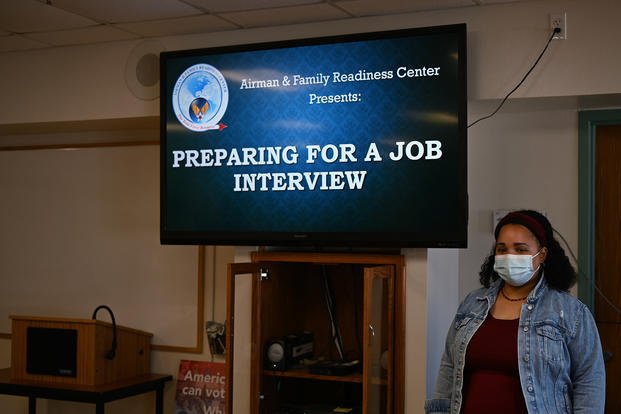When I was a journalism major, I wrote countless papers. Many of the papers that I would get back had the words, "Show -- don't tell" written on them. It took awhile to figure out what I was not doing and why I was getting this feedback. But once I got it, there has been a profound improvement in my writing and ability to tell "stories."
I now find myself telling my clients the same thing: "Show -- Don't Tell." The secret to doing well in a "behavioral interview" is showing the interviewer what you have done, not just telling them.
It's the difference between your stories being flat and uninteresting and sometimes even boring and your stories being fun and interesting.
As an example, you could say, "I was very angry." That would be telling. Or I could show with the words:
"I stormed into the room and slammed the door and threw the books on the table." I am no longer telling; I am showing my actions. The difference is that when those actions are described, most people would get the idea that there was some emotion going on.
Action is very important in answering behavioral interviewing. The No. 1 mistake made in behavioral interviewing is not showing the action. Most people want to focus on the problem or event and not the action.
Let's go back a step and talk about "behavioral interviewing." This method of interviewing is not new; it's been around since the 1970s when industrial psychologists developed a way of "accurately" predicting whether a person would succeed in a job. They concluded that if candidates were asked questions that requested examples of past behavior, it would be an indicator of their future behavior.
So employers began using this interviewing technique to determine whether you were a good fit for the job. The technique is of growing interest to companies who would like to choose the "right" candidate, especially in today's market with so many candidates to choose from.
The types of questions that are asked using this technique are used to find out how and what you did in the past and the skill sets you used in the process. If you did it before, you can do it again.
The difference between a behavioral question and other questions is what the question asks for. A behavioral question will ask for a very specific incident -- "a time."
For example, when asked, "Tell me about a time when you solved a problem," the key words are "a time." This answer calls for a "specific" example of a "specific" incident.
When traditional questions are asked, they usually include the word "if."
If a situational question like, "What would you do if ..." is asked, you can use your imagination to come up with an answer.
For example, "What would you do if you had a problem to solve?" The word "if" is the clue word that indicates the interviewer wants to hear your thought process, how you think through a problem. This question does not require a past example.
While preparation is important for every interview, it is essential to prepare for the behavioral interview. You must have examples or stories for anything you have claimed on your resume or that you say in an interview.
One example would be if you claimed you were very organized on your resume. A natural question for the interviewer would be: "Tell me about a time when you organized a project." It is now your task to let the interviewer know that you have had success when organizing a project or event. In other words, prove what you said you did by giving a specific example of your behavior.
There are several methods and acronyms suggested for formatting your stories, but the main point to remember is that any story has three key elements:
A beginning -- "There was a time ..."
A middle -- "The action steps I took were ..."
An ending -- "The end result was ..."
Stories should be interesting and full of action. When you show and don't just tell, this will happen by itself. Give the interviewer something to remember about you. A savvy interviewer can hear skills from the stories and judge your behavior from your past actions.
The more details and skills you can show and work into your story, the more convincing your story will be. The interviewer will be able to "see" you in action. You will be showing them what you can do.
Preparing your stories before the interview will take the mystique out of behavioral interviewing and allow you to tell the success stories you want your interviewer to see and hear.
Showing them what you can do and who you are will enable the interviewer to get a clear picture of you, and they can decide whether you are the right person for the job based on your past experience and successes.
The Interview Coach, Carole Martin, is a celebrated author, job coach and speaker on the subject of interviewing and recruiting. Martin is a contributing writer at Monster.com and featured on talk radio.
Want to Know More About the Military?
Be sure to get the latest news about the U.S. military, as well as critical info about how to join and all the benefits of service. Subscribe to Military.com and receive customized updates delivered straight to your inbox.











